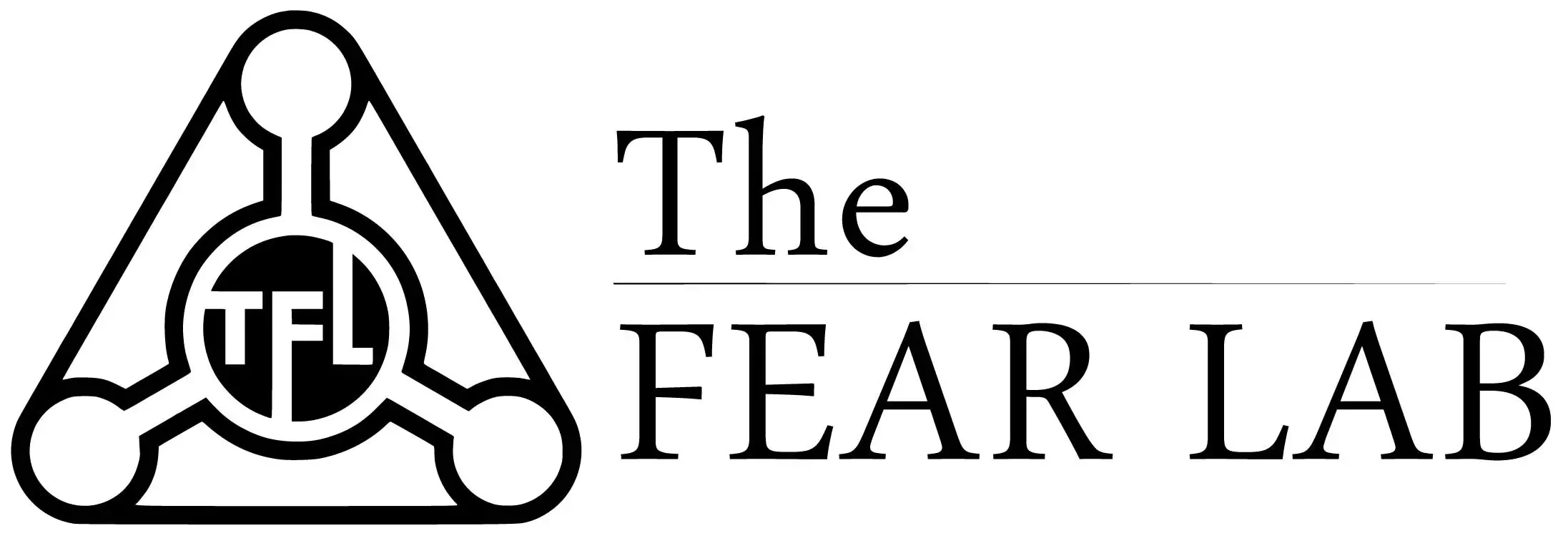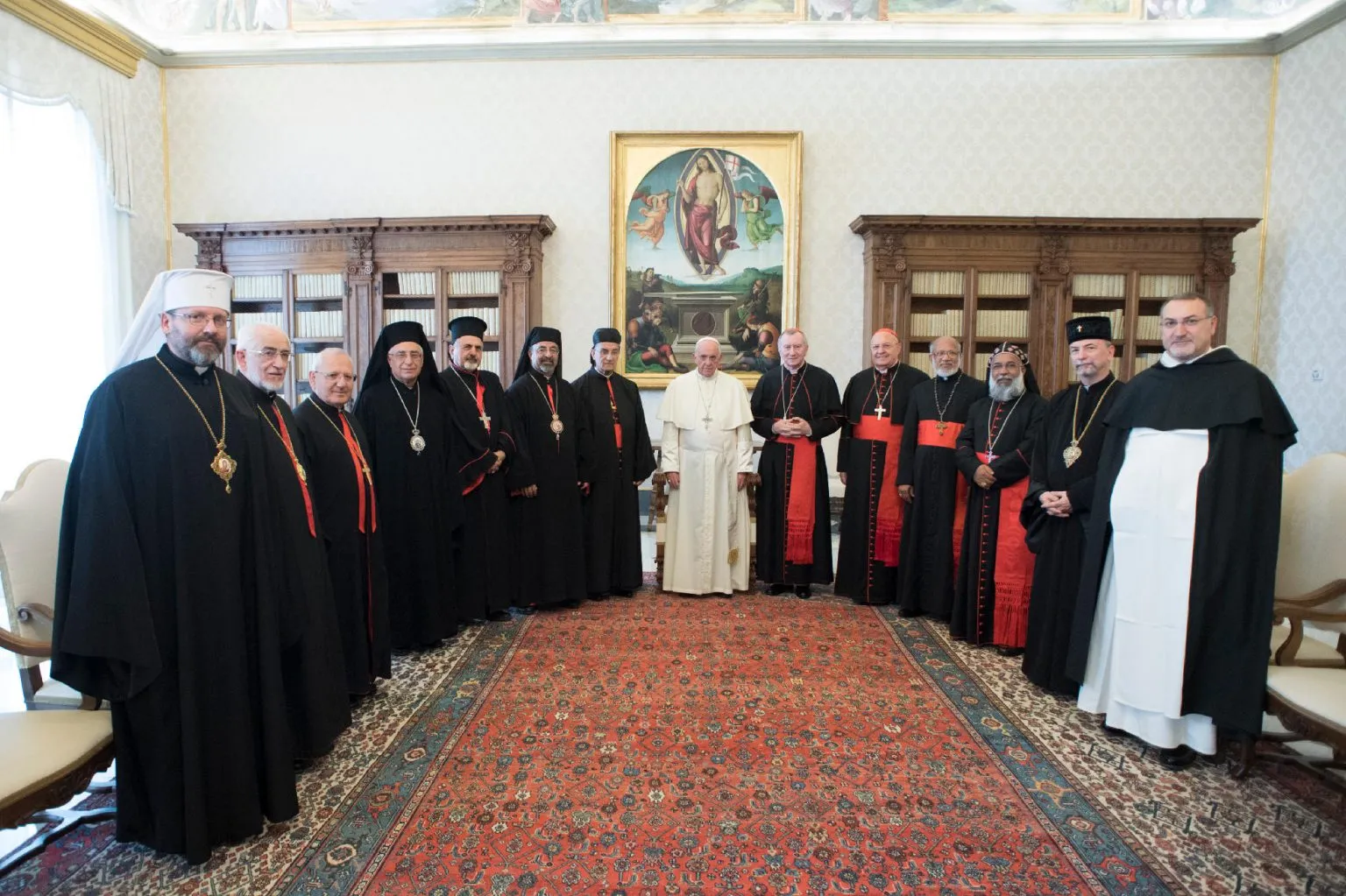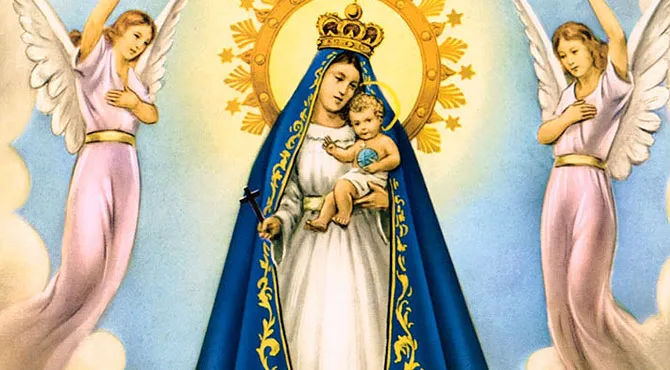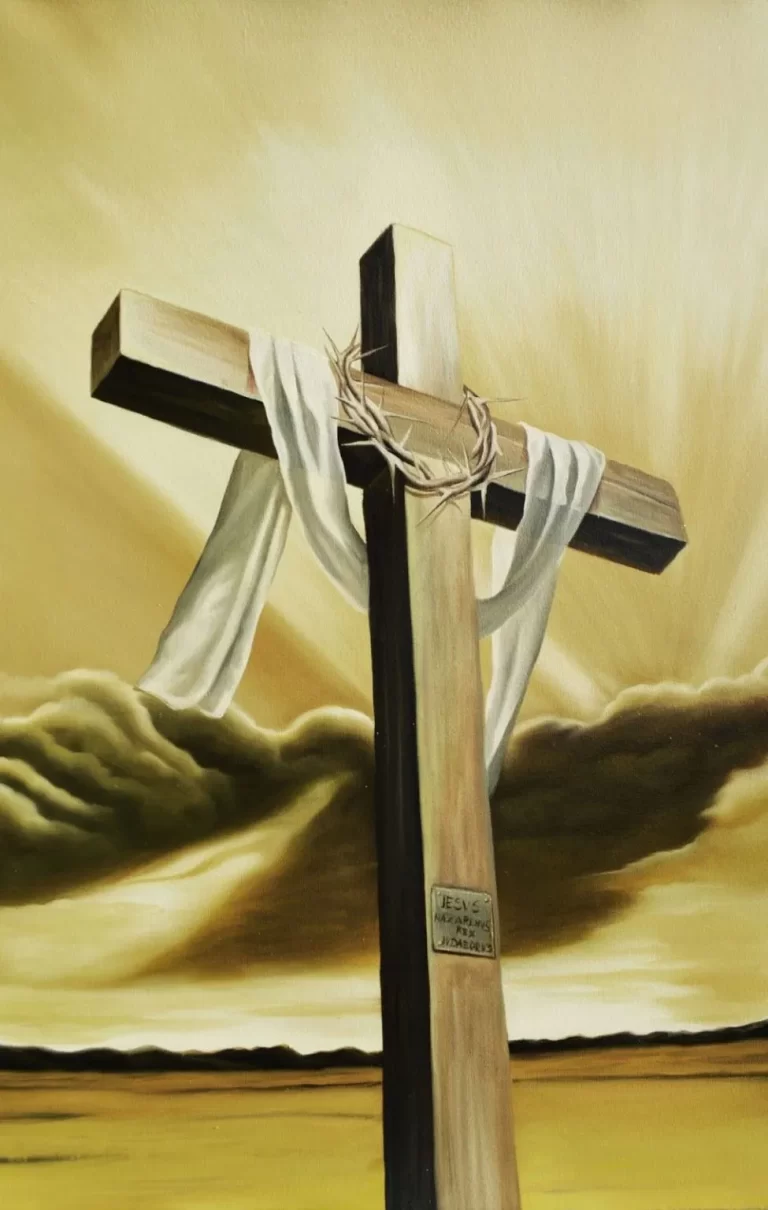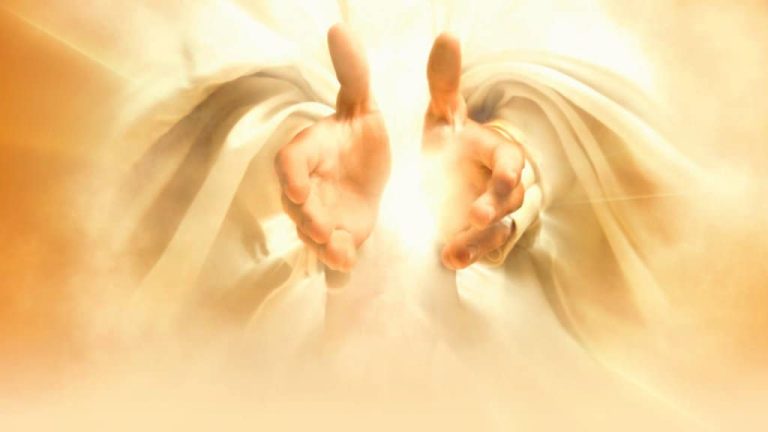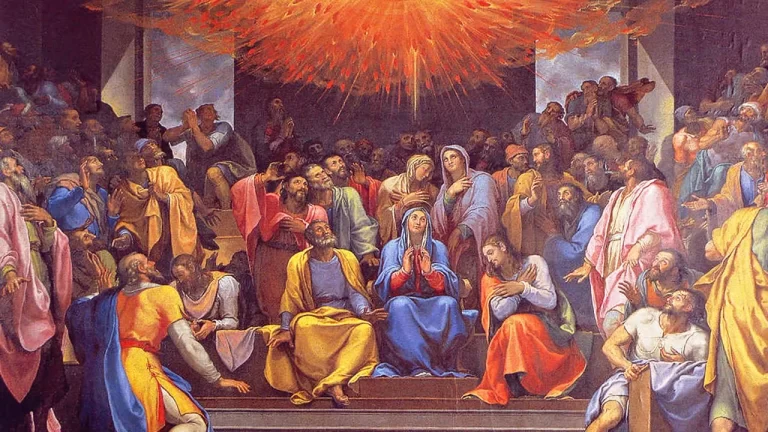Hierarchy of the Church: What is it and what is it for?
In this article you will learn everything about the Hierarchy of the Catholic Church , which is divided into different parts where each one plays an important role and where their responsibilities are strictly regulated by the Code of Canon Law. All this in order to be able to govern and guide the faithful believers both in moral matters and in their own Christian life.
Hierarchy of the Catholic Church
The Catholic Church has a hierarchical structure, according to Catholic doctrine, which is used to be able to identify and refer to each of the members that are part of the Catholic Church, where each one fulfills a specific and fundamental function, which have the purpose of to govern in faith in order to be able to correctly guide the faithful believers in all moral matters and also in their Christian life. This hierarchy is based on Catholic doctrine since it mentions that Christ was the one who instituted it with the aim of being able to ” feed the people of God in his name, and for that he gave him authority “
It must be said that within the Church there is a diversity of ministries, which have a wide variety of responsibilities and tasks that must be followed to the letter, which are strictly regulated by the Code of Canon Law, which is found in the book referring to the “People of God” specifically in the section of the hierarchy of the church .
Papa
For all Catholics, the Pope or Supreme Pontiff is considered the Head of the Catholic Church and the holder of the Shepherding of each of all Christians which was conceived by Our Lord Jesus Christ. The Pope is the bishop of Rome and the succession of the apostle Peter, this is a cardinal but by means of a secret meeting of all the cardinals of the world or more simply by means of a conclave, he is chosen through prayer and the assistance of the holy spirit already that this will be the one who guides the whole church and its faithful followers.
Cardinal
The cardinals are the most important part that the Pope possesses since these are both the most intimate and trusted advisers and collaborators that the Pope has at his disposal, being mostly considered as bishops. Cardinals are sometimes sent to different parts of the world with the aim of guiding and caring for the church to which they were sent in that specific place.
From time to time the cardinals take on the task of forming “the college of cardinals” where absolutely all the cardinals meet with the Pope to make a series of pastoral and doctrinal decisions, although it may also be the case that said meeting is for make the decision to elect a new successor to the Pope this only when there is a vacant seat, or in better words, when we do not have a functioning Pope.
If someone wants to be appointed cardinal, he can do so on the condition that he is already a priest, although he must also receive episcopal ordination before being able to present him with the ring and biretta from the hands of the Holy Father.
Most cardinals serve in the Roman Curia where they assist the Pope in all matters related to the administration of the church. It is worth mentioning that only cardinals who are under 80 years of age have the privilege of being able to vote to elect the new successor of the Pope after he has died or is no longer in a position to continue with his work.
Each of the cardinals is always attributed a church or even a chapel in Rome itself, although sometimes there are exceptions where the cardinals are sent to chapels or churches in other countries, but always with the same purpose of caring for and guiding said church. to make the member of the clergy of the city, and from this came its classification which is as follows:
- cardinal bishop
- Cardinal Presbyter
- cardinal deacon
Patriarch
The patriarchs are considered the leaders of the Eastern Catholic Churches sui juris, together with their synods, these are the highest authority regarding the affairs of the Eastern patriarchates. In order to be elected as a patriarch, they must hold a meeting with all the synods, which will discuss and make the decision to elect the new patriarch and then the Pope recognizes him as such, so he will be in charge of making the final decision. . Currently there are only six eastern patriarchs, this in the Catholic Church, which have the following names:
- Coptic Catholic Patriarch of Alexandria
- Syrian Catholic Patriarch of Antioch
- Greco-Melkite Patriarch of Antioch, Jerusalem, Alexandria, and all the East
- Maronite Catholic Patriarch of Antioch
- Chaldean Patriarch of Babylon
- Armenian Catholic Patriarch of Cilicia
As for Latin America in the Latin Church, several of the largest and most important bishops also have the possibility of receiving the title of Patriarch, despite the fact that said title is honorary and does not give him additional or superior powers, so the latter it means that they do not possess the same powers as the original eastern patriarchs. Among the Latin Patriarchs are the following:
- The Latin Patriarch of Jerusalem
- Patriarch of the East Indies
- The Patriarch of Lisbon
- Patriarch of Venice
Archbishop
In the hierarchy of the Catholic Church, the archbishops are prelates who are mostly at the head of the archdioceses. Normally, the powers of both supervision and limited jurisdiction are over the dioceses, which are part of the ecclesiastical province, so for this you must have great capacity and responsibility, because the diocese that is under your This leadership will have the great objective of directing and guiding the entire community that is in said diocese.
A diocese is a specific territory that is left in charge of a higher-ranking bishop, so we can say in a nutshell that an archbishop is a high-ranking bishop who heads a highly relevant diocese either because of his history or because of his the great magnitude that this possesses, can also be defined as a prelate who is in charge of a special diocese (archdiocese), which is composed of different dioceses which are the responsibility of the same archbishop. It is worth mentioning that the rank of archbishop, although it is a higher position and with greater responsibilities, does not have additional or superior power to that of a normal bishop.
The title of a metropolitan archbishop given by various leaders of the Eastern Churches sui iuris, could never be elevated from this position to its reduced size which said territory had, so they never reached the higher ranks of Archdiocese or Patriarchates, and remained stagnant at the Archdiocese grade nothing more, since there are only four Eastern churches and none could achieve the necessary conditions to be able to reach said ranks. So his government had to intervene and these churches were handed over to a Major Archbishop who was of course elected by his synods and confirmed by the Pope as it should be.
In addition to the aforementioned metropolitan archbishops, there are also other kinds of archbishops, which have their own rules and duties but are not very different from the metropolitan ones since they fulfill the same objective, an example of this is the titular archbishop who is it is given exclusively to archbishops who do not have any jurisdiction over their archdiocese, as is the case of archbishop primacy, which is only given to archbishops who have the oldest ecclesiastical circumscriptions or who are the most representative and important archbishops of some country or region.
Obispo
A bishop is a priest who is chosen by the Pope to be consecrated as a successor of the apostles, and then send him to a specific city where he will have to be under the care and supervision of the church entrusted to him, all this will be done under the direction and communion with the Pope, the doctrine and morals of the diocese or archdiocese that has been commissioned. In most cases, when they are raised to the rank of bishop, they can also be granted complete jurisdiction over the faithful of their diocese, although as the name itself indicates, it is more common for said power to be enjoyed only by diocesan bishops.
There are various types of bishops throughout the world, but in particular there are a series of titles and positions which are capable of being equivalent to that of a diocesan bishop, since this is by Canon law. Some of them are the following:
- Abad Territorial/Abad
- Territorial Prelate
- Exarch
- Apostolic Vicar
- Apostolic Prefect
- Apostolic Administrator
- military ordinary
- Ordinary personal
- personal prelate
- Superior Ecclesiastic of a sui iuris mission
- Diocesan Administrator
In their respective dioceses, the bishops are responsible for caring for and supervising their presbyters, that is, ensuring that they correctly comply with their due obligations of their own state and that they have at their disposal the necessary means and institutions. in order to achieve an increase in their spiritual and intellectual life.
Luckily these have the help of their priests, their collaborators, and also by the deacons, so thanks to this collaboration the bishop finds it much easier to fulfill his tasks and missions of teaching the authentic and true faith and everything. about the Eucharist, to celebrate worship and lead their church as the authentic and true pastors that they are.
In order to be appointed as a bishop, a series of parameters are required which must be met by said interested person as described, some of the most important and that stand out the most are: distinguished for the firmness of his faith, that he has good customs, a good reputation and that has at least the age of thirty-five years as a minimum.
In addition to all that, it is also essential that said person has a doctorate or at least a degree in Sacred Scripture, theology or canon law, in the event that he does not have any document that affirms it, at least he must prove that he is truly an expert in those disciplines. Finally, it is also mandatory to have a previous ordained priest for at least five years before in order to be a legitimate bishop. It must be said that in the holy Catholic Church the appointment of all the bishops is a sole and exclusive attribution of the Pope himself while its mechanisms remain the same by the canonical code of 1983.
Presbyterate
The hierarchy of the church continues with the presbyters or mostly known as the priests, who are the collaborators and assistants of the bishops and these have only a certain level of partial jurisdiction over the faithful, this since they have not yet received in their entirety of the sacrament, although even so several of them can lead parishes in their diocese and even hold various titles, some honorary and others not.
The priests or presbyterate are men who after having been trained for nine continuous years or even more in a seminary or some type of religious community, are then ordained by a bishop, where together with him, they are in charge of shepherding one or more parish communities. or sometimes they fulfill various tasks and pastoral functions that they have been ordered to perform. Various priests are:
- Pastors: as the name indicates, these are assigned a specific parish community so that they fulfill the objective of guiding and accompanying it pastorally during the journey that they remain in said community.
- Parochial vicars: here the priests are specially and solely in charge of helping in the evangelizing action of a particular and specific parish community, all this under the guidance of a parish priest.
- Assigned: they are priests who give them a designated task in particular within the diocese, this can be as educators, archbishop delegates, among other tasks, while at the same time they live in a parish.
It should be noted that there are two types of priests in which each of them have different obligations or objectives, the first type is called religious fathers, who are responsible for professing all the religious vows of poverty, chastity and obedience, they belong to a Religious Congregation where they live their own personal life in a community with great charisma and great capacity for problem solving.
As for the second type, they are called diocesan fathers who, as their name indicates, are assigned to a diocesan, where they are linked to it for a certain period of time, they do not profess any type of vow since they almost always work in their diocese. , this in conjunction with the diocesan Bishop to whom it has been entrusted.
diaconate
Deacons are known as auxiliaries to both presbyters and bishops and have the first degree of the sacrament of orders. They must be ordained and presented, for the service of charity, to proclaim the word of God and of course the liturgy, although ironically they are not in charge of consecrating the host and neither do they administer any of the confessions or reconciliations that take place. in the church.
There are exactly two types of deacons, transitional and permanent. Transitional deacons refer to those men who are preparing for the rank of priests so their time as deacons will only be for a certain period of time until they are prepared for their priestly ordination. Meanwhile permanent deacons are especially for those married men who are trained in the church to be deacons but will not be ordained as priests so that is the maximum point they can reach.
laity
In the Catholic Church the term “laity” refers to all those followers already baptized who are not part of the hierarchy in the Catholic Church, this means that they do not belong to the priestly order, or in simpler terms these are not deacons, priests or bishops, while they do not belong to religious consecrated life
Most of the members of the Catholic Church are lay people, who are incorporated into Christ in some way through Baptism, their main mission is to witness and spread the Gospel while at the same time they have their own vocation to seek the Kingdom. of God. As time goes by, the laity must have a clearer awareness of continuing to be part of the church and being one with it, while fulfilling their obligations to make the divine message of salvation heard so that it is received by the church. as many people as possible.
At present, the Catholic Church already recognizes that the function that each and every one of the laity in the world performs and performs is of the utmost importance, since previously they were considered totally secondary with almost no relevance in the Catholic Church, until with As the years went by, they became aware of its importance, while several ancient documents were also found over time, which, according to what is recorded, in the Dogmatic Constitution ‘Lumen Gentium’, of the Second Vatican Council, in the Apostolic Exhortation Christi Fideles Laici , by John Paul II and in the Catechism of the Catholic Church.
Where the relevance and performance that the laity have carried out throughout history is disclosed and that although they do not have a high priority rank, even so their presence is vital in the church since it dispenses with the religious faith held by their young students, Jews, Catholics, Muslims, evangelists, etc., leaving such beliefs outside and in turn do not interfere in learning.
consecrated
Consecrated persons, who can be both laymen and clerics, are those who decided by their own criteria to live in a consecrated life, this in a special way to God, who are grouped in various religious institutions or even in secular institutes where in Sometimes they went together with the unconsecrated laity. A part of these people sometimes accept to lead a cloistered monastic or even conventual life.
Said way of life is recognized and also highly supervised by nothing more and nothing less by the Congregation for Institutes of Consecrated Life and Societies of Apostolic Life, being classified in detail and specifically by the Catholic Church where all have the purpose of giving themselves totally and solely to Our Lord Jesus Christ while also tending to the perfection of charity on the movement of the holy spirit. Of all the different consecrated persons and titles few stand out, which are:
- Abad y Abadesa (Abadías)
- Monk and Nun (Monasteries)
- Friar and Sister (Convents)
- Hermits (Hermitages)
If you liked the article, you can take a look at these other three articles that will surely interest you. Although if you have any doubts regarding the Hierarchy of the Church you can go to the video that is just above where everything that has been seen is explained in a clear and summarized way.
